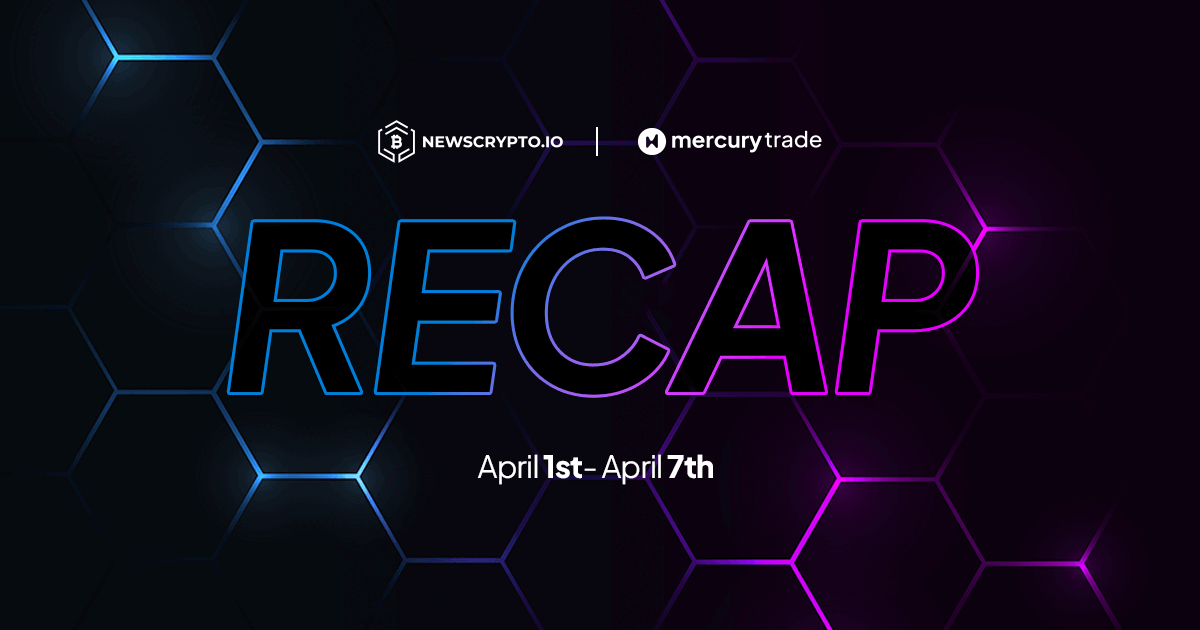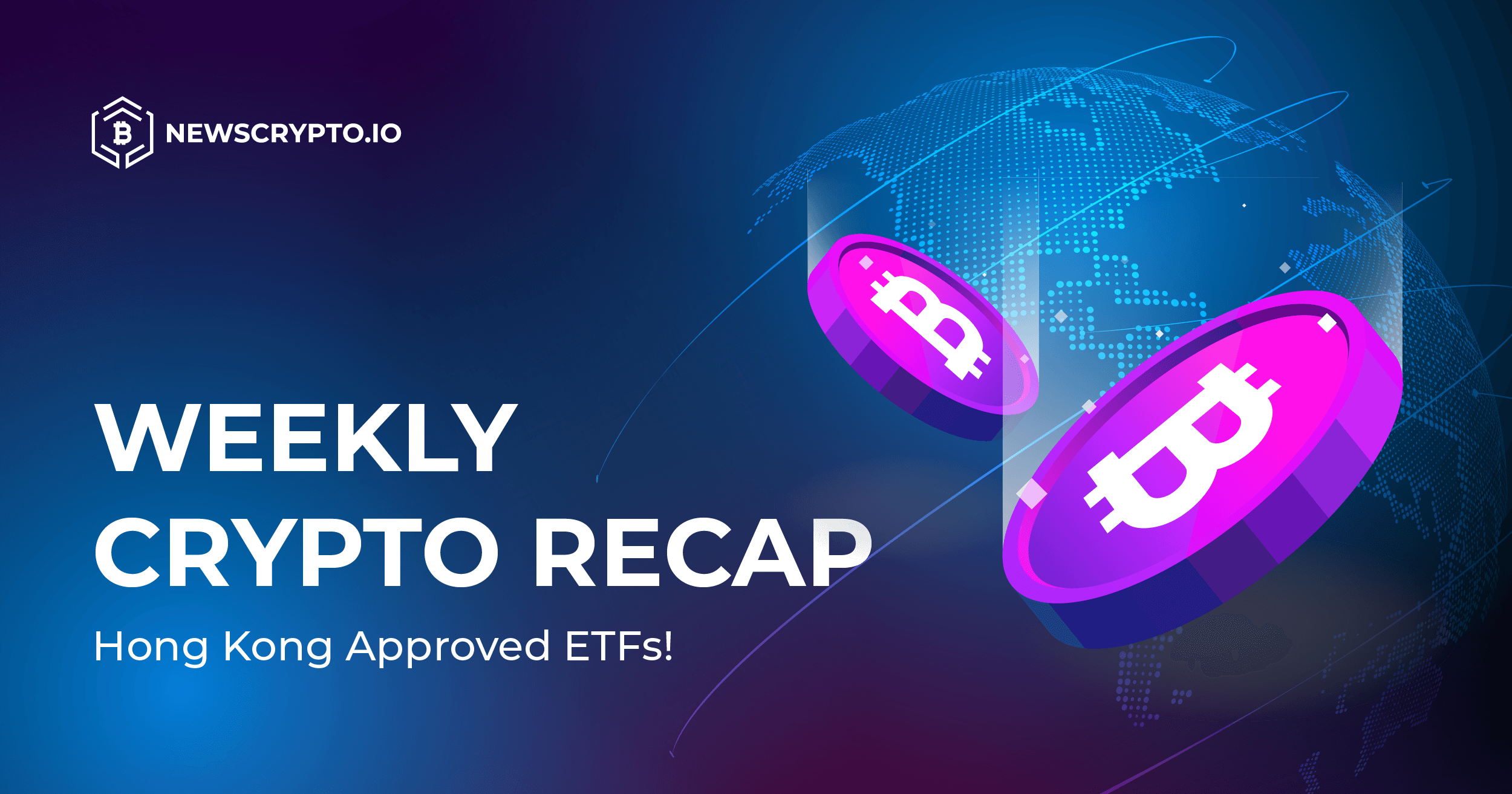What Is Yield Farming? Everything You Need To Know
It’s nearly impossible to navigate through all the new trends in the constantly changing world of cryptocurrencies. Everyday you hear something new, whether it be a promising new project or a cool new strategy with an unfamiliar expression. That brings us to the topic of today’s article, when recently one of the most popular terms you may have come across, especially in DeFi, is yield farming.
So what is yield farming? How does it work? What are the potential risks? Without further ado, let’s dive in.
What is yield farming?
At the root of it, yield farming is a process that allows cryptocurrency holders to lock up their holdings, which in return gives them some rewards in the form of interest, yield. It’s actually very similar to putting money in the bank and earning interest, except here the interests are much bigger and juicier.
This is what makes it so attractive for investors, because it is essentially a process of using decentralized finance (DeFi) to maximize your returns. Simply put, it is a process of lending cryptocurrencies to DeFi protocols so that the assets, or “liquidity”, is used by others and in return you are rewarded with more of the cryptocurrency tokens. This is a great way of earning additional interest on your digital assets that would otherwise be sitting on an exchange or your crypto wallet doing nothing.
The process of yield farming is also quite similar to staking; the difference is that staking uses cryptocurrency tokens to power a blockchain or protocol, while yield farming uses cryptocurrencies as a liquidity to other investors, traders and basically everyone that are in contact with the token. Those that take part in yield farming and provide liquidity on DeFi protocols are called liquidity providers (LPs). You basically lock your crypto’s to make it more liquid (higher supply of any crypto coin means higher liquidity) which means you help the cryptocurrency get stronger.
Understanding how yield farming works
As already mentioned earlier, yield farming allows investors to earn yield by putting coins or tokens in a decentralized application (dApp). Dapps are like normal apps except they are built on a peer-to-peer network, such as blockchain and are free from the control and interference of a single authority. Ok, so now we know that investors (liquidity providers) put their money somewhere to earn interest. Where do your funds go? You deposit the funds in a liquidity pool.
Liquidity pools are like a “pot” of different cryptocurrencies that users use in a variety of ways, including borrowing, lending and exchanging. To use this liquidity pool, every user has to pay a fee. This fee is then distributed correspondingly to other liquidity providers, depending on their share of the liquidity pool. Essentially, this is the foundation of how an Automated market maker (AMM) works, which is mainly being used by dApps.
To simply put, the AMM model mostly relies on liquidity providers, which deposit funds in the liquidity pool. These pools are the foundation of the majority of the DeFi projects and protocols, where users exchange, swap, borrow and lend tokens. The users always pay fees to the marketplace and then the marketplace shares those fees with other liquidity providers based on their share of the pool’s liquidity. Think about the fees like paying for tickets to the movies except here you are paying your fee to enter the liquidity pool.
Why is yield farming so popular?
Since yield farming began in 2020, the people farming have earned big returns in the form of annual percentage yields (APY) that can reach up to quadruple digits. That’s why it is safe to say that the main reason for it being so well-known and trendy is that it can bring investors lots of profits. For example, if you lend your money to the traditional bank, you only earn a few percent yearly.
On the other hand, with yield farming, you can be earning hundreds or even thousands of percent on a yearly basis. This means you can make more than 1000% annually on your investment. Sounds delightful right? But this potential return must not fool you, as it brings lots of risks along with it, which we’ll discuss later on. Furthermore, yield farming is becoming extremely popular because it helps new protocols gain initial liquidity while at the same time being handy for investors that want to lend and borrow.
Calculating yield farming returns
Estimated yield returns are mostly calculated on an annualized model, which means that the percentage we’ll be talking about is the potential return on your investment in one year. There are two common metrics to calculate returns: annual percentage yield (APY) and annual percentage rate (APR).
The main difference between the two of them is that APR doesn’t consider compound interest. For example, if APR is 200% you can divide this by 365 which gives you the daily percentage gain. Basically, APR is the same every day, for the whole year.
On the other hand, APY includes the compounding of your asset. It takes into account that the asset’s value is higher every day, which then gives you higher return each day that goes by. If you get stuck calculating from APY to APR and vice versa you can use this calculator, which can certainly help you around (https://www.aprtoapy.com).
Risks of yield farming
We can affirm that this process of yield farming is a complicated process and everyone involved is always exposed to financial risk. Although yield farming has seen a drastic increase in popularity over the last year, the DeFi sector is still a very young industry which leads us to all the potential risks that need to be evaluated carefully.
Smart contracts
Smart contracts are the foundation of the crypto space and are essentially paperless digital codes that contain the agreement between different parties on predefined rules that self executes. But the contracts are programmed by humans and humans make mistakes. There are preventive systems that try to eliminate those kinds of errors but if a smart contract does malfunction, the liquidity provider loses the deposited funds.
Capital intensive and complicated process
Although yield farming can be very profitable, it is at the same time a capital-intensive operation and a very risky investment. For example, fees on the Ethereum blockchain can be extremely high. If you don’t know that, it can happen that the fees are higher than your whole investment. It happened to me and all I can say is that it was not a pleasant experience. That is the reason you should never invest money you cannot afford to use, you need to always do your own research and you should never put all of your money in one place.
Volatility
Volatility is the degree of how much the price of a particular coin is moving up and down. If the volatility is high, then the price is moving up and down like crazy. On the contrary, if the price is quite steady and not making any sudden moves, then the volatility is low. A volatile investment is one that has large price swings over a short period of time and this is a common occurrence in DeFi. Be prepared for a rollercoaster of emotions.
Impermanent loss
When depositing liquidity into a liquidity pool, it is usually completed in equal proportions. This means that if you deposit in an ETH-USDC liquidity pool, you need the same dollar amount of ETH and USDC, which you buy at the current market price. However, if one of those assets significantly increases or decreases in price, the liquidity pool would not automatically adjust. Furthermore, it creates unrealized gains or losses and it may result in that it would be better if you just held the coins in a wallet, as the interests gained in the LP are lower than the percentage lost by the volatility.
When withdrawing those assets from the liquidity pool, impermanent loss occurs if the value of the new ratio of assets is less than if they had just remained on an exchange or digital wallet.This provides a massive opportunity for arbitrage traders, who use the liquidity pool to buy assets at a discount and then sell it at the real market price.
Rug pulls
This is a quite common one, especially with new projects. There are always “scammers” looking to exploit new users and in such a young industry, let me tell you, there are a lot of newbie users. Rug pulls are a form of such exploitation. Because blockchain is an open-source technology, everyone can start a new project, protocol or cryptocurrency token.
Rug pulls are mostly associated with decentralized exchanges (DEX), where scammers make a new liquidity pool and pair their worthless token with a valuable one. For example, I could make a new token called PurpleSkirt (PSK) and make a PSK-ETH liquidity pool with ETH on Uniswap. Then people would come and put the money in the pool due to the high APY (shiny objects syndrome) and after sometime I would decide to pull all the liquidity out, take the ETH and leave with little to no trace. Simple as that. That’s why we need to be careful when investing at all times.
Hacks
All the decentralized applications are connected via the internet which means they are exposed to hackers and cyber attacks at all times. As the technology and internet is evolving, hackers are evolving with it and look for bugs and cracks in the code, which can be used to their advantage.
Closing thoughts
To sum up, yield farming is a great way of making some huge profits. It’s evident that yield farming is at the very beginning and will continue to grow and evolve alongside technological advances. The process has helped a lot of projects to get off the ground, which can now secure millions of users’ funds at a very short notice.
It also helped lots of users achieve their financial goals, but this happened only to ones who did their research and didn’t blindly invest. So please, always do your own research, invest only money you can afford to lose and remember, patience is key to success.
Lastly, if you liked this article, if you would like to gain more knowledge about all the hot topics of the crypto space and receive a much more detailed guide about generating a passive income in 2022, then visit the link below, where you get spot on detailed information about how to achieve the financial freedom and consequently the life of your dreams.
https://app.newscrypto.io/courses/premium/passive_income_2022




